When lingonberries bloom
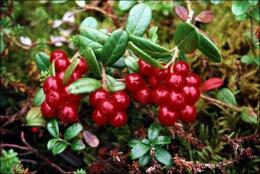
Every autumn I just want to wander through the forests in search of mushrooms. And rarely does anyone not take with them an extra bag to collect red lingonberries. You won’t be able to simply pass by an elegant bush, decorated not only with shiny green leaves, but also with delicious bright berries. Even if you don’t collect them, but just eat them, every mushroom picker will want to eat them.
Well, if you start harvesting a forest beauty, then this process will bring great pleasure and benefit. Moreover, its huge thickets can be found in swamps, coniferous and mixed forests, and the tundra zone of Russia. Among wild berries, lingonberry ranks first in natural reserves. Its procurement is carried out centrally and in large volumes.
Content:
- Appearance of lingonberries
- Industrial cultivation of lingonberries
- Growing lingonberries on a personal plot
Appearance of lingonberries
“Brubs above the hummocks”, decorated with glossy leaves and ruddy berries. Numerous legends about this plant exist among all nations. And all of them are told with love and respect for this not only beautiful, but also healing plant.
Evergreen small shrub belongs to the heather plant family. The main places of growth are in northern latitudes. The shape of the bush can be straight or branched. Lingonberry roots penetrate to a soil depth of up to 20 cm and are located in a horizontal surface. This ensures simple propagation of the shrub due to the growth of the root system.
Over a long period of growth, large area plantations are formed in one place.The lingonberry wears its magnificent outfit twice. In July, the flowering period begins, during which the tops of the shoots are decorated with delicate pink bells collected in brushes. And only in autumn their place is taken by equally beautiful berries. The fruits can be collected when they are slightly unripe.
This is due to their ability final maturation during storage. The sight of the lingonberry bush in early spring is also surprising. Berries preserved over the winter look like small bullfinches against the background of not completely melted snow. The healing qualities of the berries are preserved, and their taste is reminiscent of pickled lingonberries prepared according to an old recipe.
Industrial cultivation of lingonberries
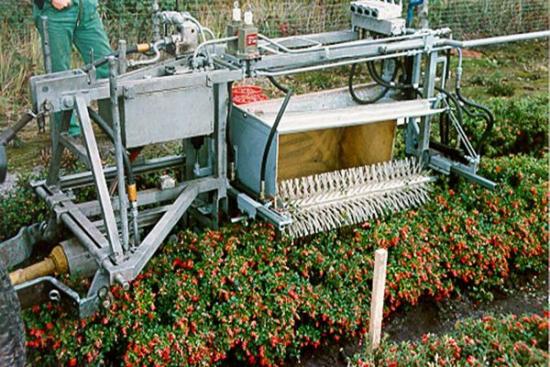
The first results of the development of this berry on an industrial scale are known from the works of the USA and Western European countries since the middle of the 19th century. Scientists from Sweden and Finland have developed a number of agrotechnical measures at the experimental site of the Forest Research Station in Piikie. There are developments for growing lingonberries on trellises.
The main industrial production of lingonberries is located in Sweden, Finland, Germany, and the USA. Currently there are about 20 known lingonberry varieties. Three of them were obtained in Russia. These are Rubin, Kostromichka and Kostromskaya pink. The research was carried out on the Kostroma forest plantation. Foreign varieties Pearl and Sana can also be found on sale. Sussi, Erntesegen and others.
Growing lingonberries on a personal plot

The desire to grow original plants has nothing to do with the area of the summer cottage. Even if there is a nearby forest lingonberry plantations, it’s difficult to stop a gardener’s enthusiasm. So begins the process of finding cuttings, preparing the site and growing plants for pleasure.
Advice from experts on this issue is as follows:
- Soil selection. Lingonberries grow well in acidic peat bogs. When preparing a place for it, it is best to remove the soil to a depth of 30 cm and fill it with high-moor peat. There is no need to form beds. Manure or bird droppings are not added due to the high nitrogen content, which is harmful to young cuttings when planting them. You can only use mineral fertilizers.
- Planting rooted cuttings. The seedlings are buried to 5 cm, watered abundantly and mulched with peat or sawdust. Strong plants are obtained from root or stem cuttings, cut in early spring to a length of 10 cm before the shoots begin to grow. Rooting is carried out in separate greenhouses or simply in pots. Over the course of 2 years, the cuttings are grown without transplanting to the main place. And only after this the seedlings, which will begin to bear fruit in the third year, can take their permanent place. The optimal distance between plants is 30 cm.
- Seminal lingonberry propagation. This option for growing plants is complex and labor-intensive. But there are fans who are interested in it. Fruits on the bushes are formed only in the sixth year. Seeds must undergo a pre-stratification process. They are not covered with earth. Seedlings emerge unevenly over 7 weeks, requiring warm and humid conditions to be maintained.
- An important agrotechnical point for caring for lingonberries is watering twice a week. Sometimes it can be carried out with acidified water. Fertilizing with mineral fertilizers containing iron and magnesium responds well to the development of powerful lingonberry bushes.
The ridges and flower beds decorated with even rows of lingonberries are worthy of admiration.Unnoticed among bright annuals or royal lilies, they surprise with their beauty at the right moment. It seems that during flowering the melodic ringing of their delicate bells can be heard.
Watch how to grow lingonberries on 6 acres in the video:
Interesting information about the vegetable garden

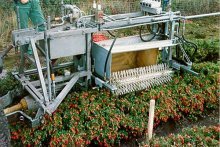
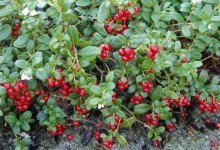
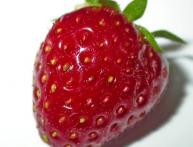
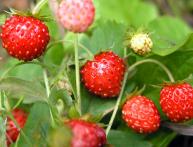
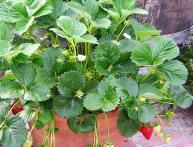
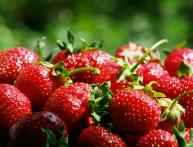
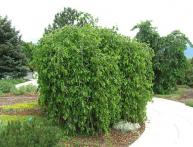
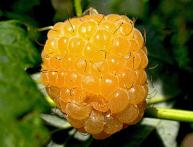
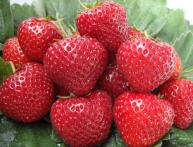
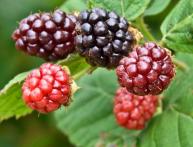
Comments
In addition to delicious berries, lingonberries are famous for the medicinal properties of their leaves. Residents of Siberia and Altai know this very well, and prepare shiny (varnished) lingonberry leaves for the winter...
Lingonberries are also widely used both in cooking and in medicine. Lingonberry jam is traditional in Sweden. And one of the many medicinal properties has already been written above.